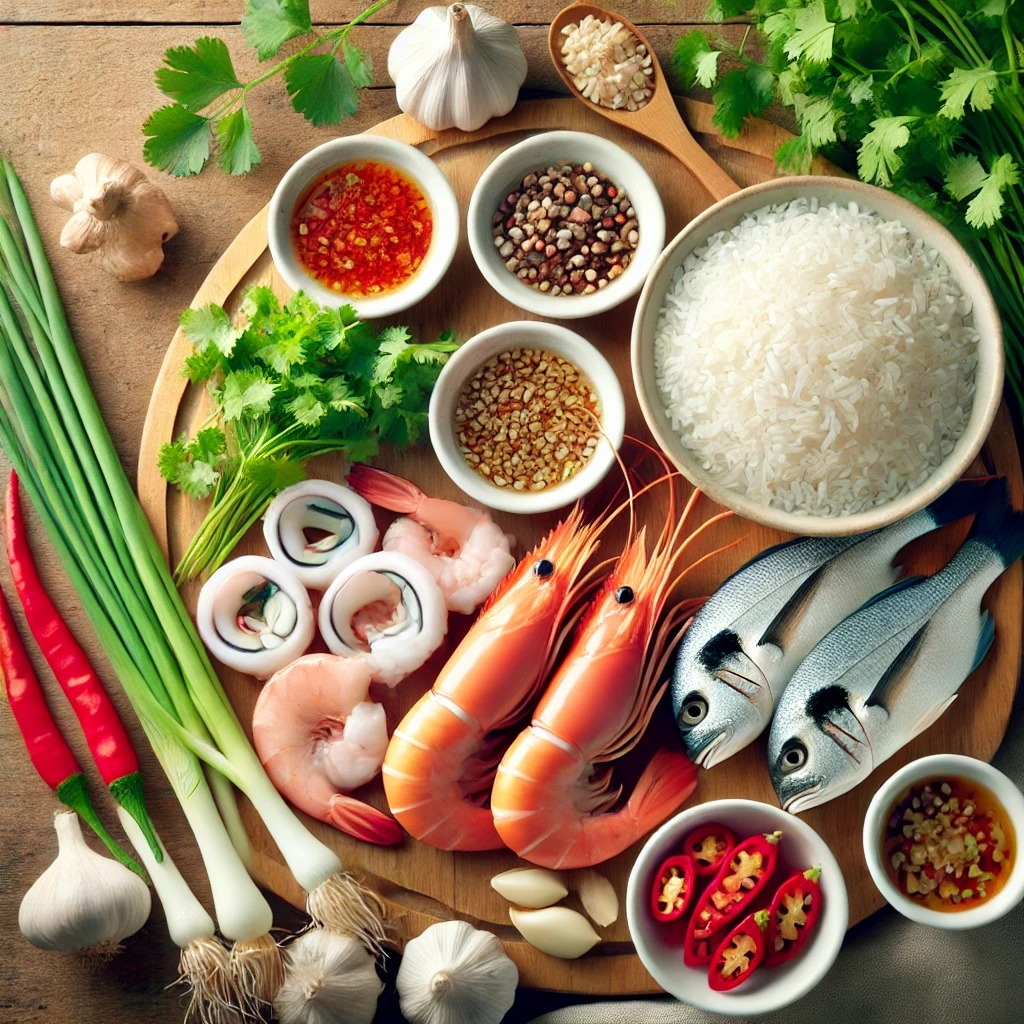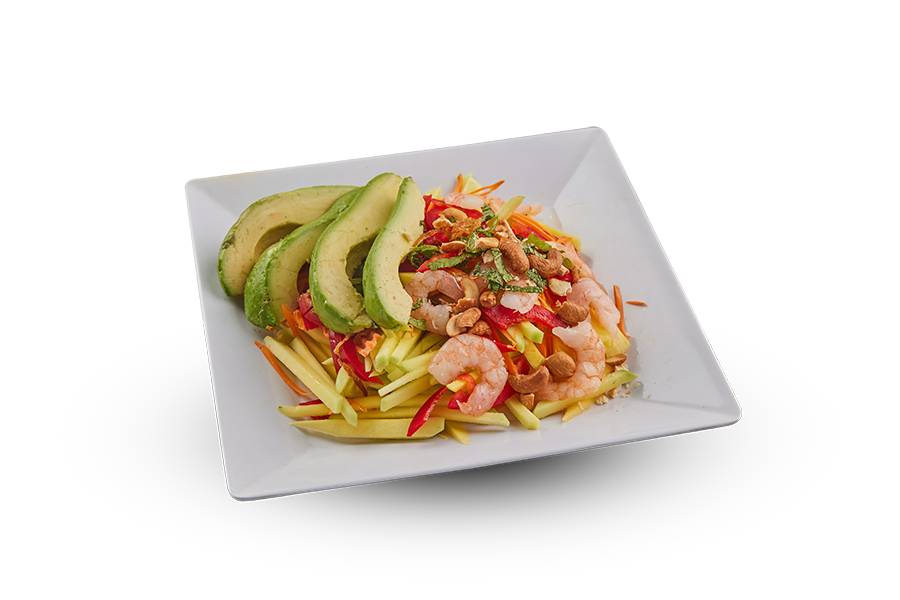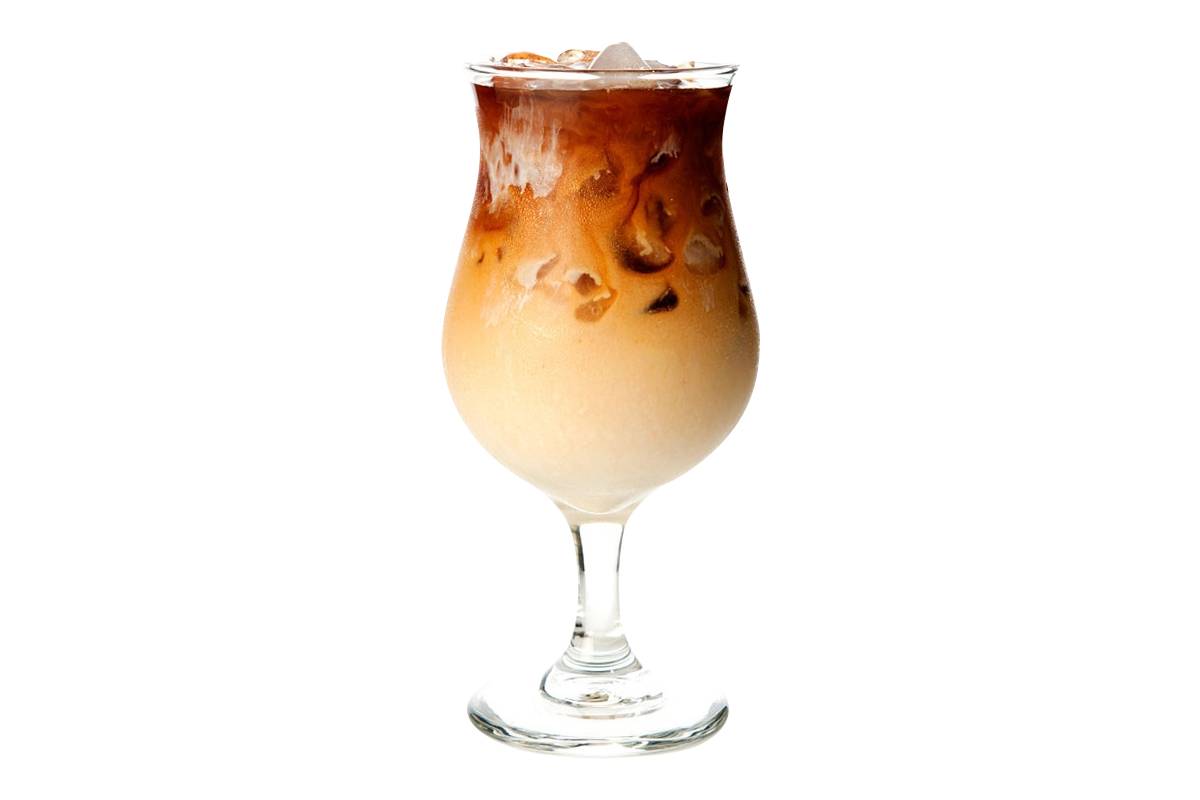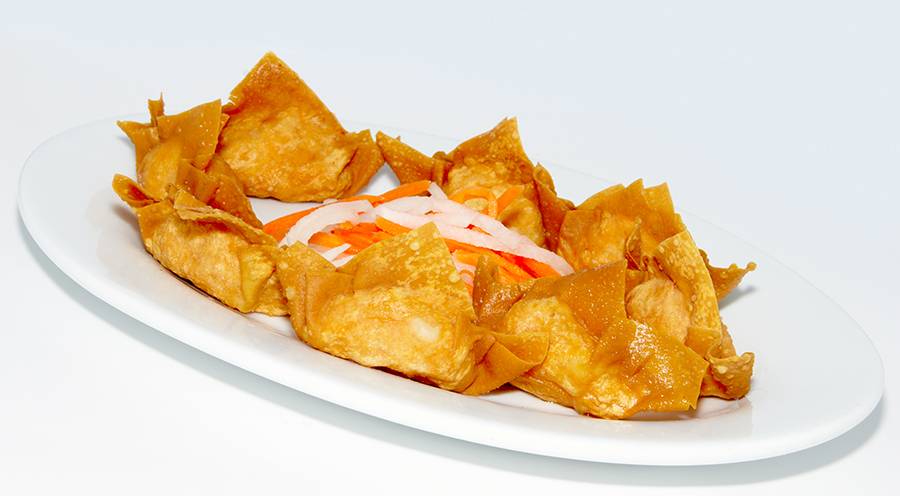Ingredients Overview
- Rice: The foundation of congee, typically short-grain rice or broken rice (gạo tấm) to give the dish a creamy, thick consistency.
- Seafood Selection: Shrimp, fish fillets (like snapper or catfish), squid, and clams are traditional. Each adds a unique flavor and texture to the congee.
- Flavorful Add-ins: Ginger, green onions, cilantro, and garlic enhance the flavor and add a touch of warmth to the dish.
- Broth Base: A light seafood or chicken broth helps bring out the seafood flavors without overpowering them.
Ingredient List:
- 1 cup of rice (short-grain or broken rice preferred)
- 8 cups of seafood or chicken broth
- 1/2 lb shrimp, peeled and deveined
- 1/2 lb fish fillets (snapper or catfish)
- 1/2 lb squid, cleaned and sliced
- 1/2 lb clams (optional), scrubbed clean
- 1-inch piece of ginger, thinly sliced
- 4 cloves of garlic, minced
- 2 green onions, chopped
- Fresh cilantro for garnish
- Salt, pepper, and fish sauce to taste
Step-by-Step Preparation
Step 1: Preparing the Rice
- Rinse the Rice
Rinse 1 cup of rice under cold water until the water runs clear. This removes excess starch and prevents the congee from becoming too sticky. - Soak the Rice (Optional)
For a creamier texture, soak the rice in water for 30 minutes to an hour. This step can be skipped if you prefer a chunkier congee.
Step 2: Making the Broth
- Choose Your Broth
Use a seafood or chicken broth. Seafood broth complements the flavors best, while chicken broth offers a milder base. - Flavor the Broth
Add sliced ginger and minced garlic to the broth. Let it simmer for 5-10 minutes to infuse the flavors. This step adds depth to the congee without overwhelming the seafood taste.
Step 3: Cooking the Congee
- Combine Rice and Broth
Add the rinsed rice to the pot of simmering broth. Bring it to a boil, then reduce to a low simmer. - Simmer Until Creamy
Let the rice cook for 45 minutes to an hour, stirring occasionally to prevent sticking. The rice will start to break down, creating a thick, creamy texture. If it becomes too thick, add more broth or water to reach your desired consistency.

Step 4: Preparing and Adding the Seafood
- Prepare the Seafood
While the rice cooks, clean and prep your seafood. Peel and devein the shrimp, slice the fish into small pieces, clean and slice the squid, and scrub the clams. - Add Seafood to the Congee
When the rice reaches a creamy texture, add the seafood to the pot. Start with the fish, then add shrimp, squid, and clams. Let them cook for 5-7 minutes until the seafood is tender but not overcooked.
Step 5: Seasoning
- Season to Taste
Add salt, pepper, and fish sauce to taste. Be cautious with fish sauce as it can be quite salty. Add a little at a time until you achieve your preferred flavor. - Adjust Consistency
If the congee is too thick, add more broth to thin it out. If it's too thin, let it simmer a bit longer until it thickens.
Step 6: Garnishing and Serving
- Garnish
Top the congee with fresh green onions and cilantro for a pop of color and flavor. Fried garlic or crispy shallots also make excellent toppings for added crunch. - Serving Suggestions
Serve hot, with extra fish sauce, sliced chili, and lime on the side. These add-ins allow each person to adjust the flavor to their taste.
Tips and Tricks for the Perfect Seafood Congee
- Control the Seafood Cooking Time:
Overcooked seafood can become rubbery. Add the seafood only when the congee base is almost ready, cooking it briefly to maintain tenderness. - Experiment with Different Seafood:
Clams, mussels, and crab add unique flavors. Feel free to adjust the types and quantity of seafood based on your preference. - Make it Heartier with Vegetables:
Adding vegetables like carrots, spinach, or mushrooms not only makes the dish more filling but also adds nutrients. - Achieve a Creamy Texture:
Stirring the congee frequently helps break down the rice, making it creamy without any need for dairy.
Variations of Seafood Congee
- Spicy Seafood Congee
Add sliced chili or a spoonful of chili oil for a spicy twist. Spicy congee is especially popular in southern Vietnam. - Herb-Infused Congee
Add lemongrass or basil leaves to the broth for an herbal flavor profile. This adds a fragrant touch that pairs beautifully with seafood. - Mixed Protein Congee
Include a mix of chicken and seafood to balance flavors and add variety. Start by cooking chicken pieces in the broth, then add seafood near the end. - Vegetarian Congee with Seaweed
Substitute seafood with kombu (edible kelp) or seaweed for a vegetarian version that still has a hint of ocean flavor.
Troubleshooting Common Issues
- Too Thick or Too Thin
If the congee turns out too thick, simply add more broth or water. For thin congee, simmer it longer to let the rice break down and thicken. - Bland Flavor
Congee can sometimes taste mild. Adjust with fish sauce, pepper, or a bit of salt. For added depth, you can add a small amount of chicken bouillon or a few drops of sesame oil. - Overcooked Seafood
If the seafood is overcooked, reduce cooking time for your next batch. Remember to add seafood toward the end to avoid a rubbery texture.
Nutritional Benefits of Seafood Congee
- Rich in Protein
Seafood is a great protein source, essential for body repair and growth. - Packed with Omega-3s
Fish and shrimp are rich in omega-3 fatty acids, promoting heart health and reducing inflammation. - Easy on Digestion
Congee is easy to digest, making it suitable for all ages, especially those recovering from illness. - Vitamins and Minerals
Ginger, garlic, and seafood offer antioxidants and minerals like selenium, zinc, and vitamin B12, which support immune health.
Serving and Storing Seafood Congee
- Serving Suggestions
Serve with side dishes such as pickled vegetables, fried dough sticks, or a fresh herb salad. These pair well with the soft texture of congee and add variety. - Storing Leftovers
Store any leftover congee in an airtight container in the refrigerator for up to 3 days. When reheating, add a bit of water or broth to loosen the texture as it may thicken when cold. - Freezing Tips
You can freeze congee without seafood for up to a month. Add fresh seafood after thawing and reheating to keep the texture tender.
To Summarize
Seafood congee (Cháo Đồ Biển) is a versatile and comforting dish, perfect for any time of day. Its soothing texture and nutritious ingredients make it a go-to comfort food across Asia, with endless customization options to suit your taste. By following these steps, tips, and variations, you can prepare a flavorful, well-balanced congee that’s sure to become a household favorite.
Enjoy your culinary journey into Vietnamese flavors with this warm, satisfying seafood congee!
Here are some delicious food and drinks to try when ordering from PHO restaurants in Toronto:
Stir Fried Vegetable with Seafood (Cơm Rau Cải Xào Đồ Biển)
Seafood Rice Noodle in Soup (Hủ Tíu Đồ Biển)
Stir Fried Soft Egg Noodle with Assorted Meat and Seafood (Mì Xào Mềm Thập Cẩm)
Grilled Pork Vermicelli (Bún Thịt Nướng)
Rare Beef and Beef Ball (Phở Tái, Bò Viên)
Pork and Shrimp Roll (Gỏi Cuốn Tôm Thịt)






















